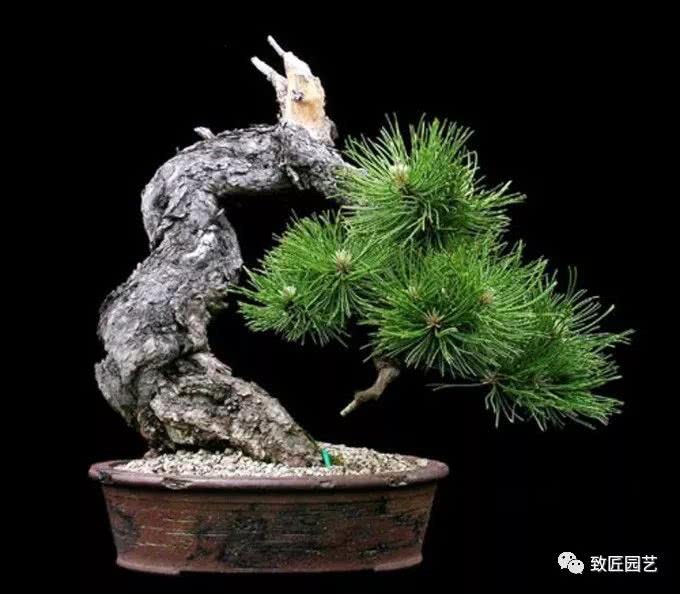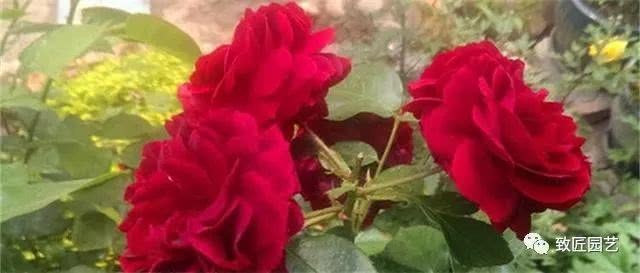Wire method for bonsai modeling

In modern times, metal wire is used to bind branches instead of standard wire, and aluminum wire and copper wire are also used to wrap branches in Japan. Compared with brown wire, wire has the advantages of simple shape, fast speed, free and flexible, and easy to grasp. However, because the color and shape of the wire are very different from those of the branches, the bonsai pierced with the wire can not be enjoyed immediately, and the wire will have to be removed several years later before it can be enjoyed. Judging from the current situation, the wire binding method for factory production in the flower bed is still effective.
Wire method for bonsai modeling
Metal wire has copper wire, aluminum wire, lead wire, lead wire is easy to buy in the market, the price is also very cheap, but easy to rust, copper wire, aluminum wire is not easy to rust, but the price is higher. The thickness of the wire used is usually about the thickness of the branch to be tied, and the length is about 1.2 times the length of the branch to be bound. Stop watering the day before modeling to make the branches soft and should not be broken when bent. In particular, deciduous trees must stop watering the day before banding. Pomegranate and maple trees have thin bark on their branches. It is easy to be hurt when you tie it, so roll paper, linen or old cloth outside the wire before binding to prevent injury to the tender skin.
Wire method for bonsai modeling
Trunk wire molding method
When binding the trunk with wire, first plant the tree in an oblique pot, put the wire close to the back of the trunk (that is, the back of the ornamental surface), insert it into the basin until the bottom of the basin, and fix the wire in the soil. Then wind the wire. The angle between the wire and the trunk is generally 45. Otherwise, the wire will be too dense or too sparse In addition, the wire should be close to the trunk, but not too loose or too tight. The other end of the wire is wound and fixed on the twig at the tip of the trunk. After the wire is wound, you can bend the trunk, bend the first curve first, and twist gently along the winding direction while bending to prevent the wire from loosening away from the trunk until the curve is completed. In the same way, bend the second curve to the top (top).
Branch wire molding method
First bend the main branch, one end of the wire is fixed on the trunk at the base of the main branch, be careful not to loosen. Then wind the wire like the trunk to the tip of the main branch. The problems that should be paid attention to when winding are the same as the trunk wire winding method. After the wire is wound, it bends the first corner and twists gently along the winding direction to prevent the branch from breaking. After the first song is finished, the second song is finished, and then the lateral branches at all levels on the main branch are bent to form branches in the same way.
When modeling the branches of the pile scene (tree stump), the composition is first carried out according to the shape of the stump, and then the quantity, shape, size and location of the branches are determined according to the needs of the composition, and the main branches are selected to remove the excess branches. Thicker branches can be wrapped with hemp, cloth and other things to prevent tearing, Shanghai-style bonsai with rings and other simple mechanical pull bending branches, is a good way. Pile scene branch modeling, using wire method, the method and steps are the same as the branch metal modeling method introduced above (figure).
Wonderful content
- Prev

The private garden of flower lovers
The garden is full of spring. The whole garden is full of spring scenery. A metaphor for a scene of prosperity. There are all kinds of flowers blooming in the garden. When I see these flowers blooming so beautifully every day, I certainly feel as beautiful as flowers.
- Next

Appreciation of Chinese bonsai master Wang Yongkang's bonsai works
Wonderful content click below to see more content, please click: bonsai article summary! Do you like this article? Share immediately.
Related
- Wuhan Hospital Iron Tree Blooming Result Was Instantly Frightened by the Gardener Master
- Which variety of camellia is the most fragrant and best? Which one do you like best?
- What is the small blue coat, the breeding methods and matters needing attention of the succulent plant
- Dormancy time and maintenance management of succulent plants during dormancy
- Minas succulent how to raise, Minas succulent plant pictures
- What are the varieties of winter succulent plants
- How to raise succulent plants in twelve rolls? let's take a look at some experience of breeding twelve rolls.
- Attention should be paid to water control for succulent plants during dormant period (winter and summer)
- Watering experience of twelve rolls of succulent plants
- Techniques for fertilizing succulent plants. An article will let you know how to fertilize succulent plants.

